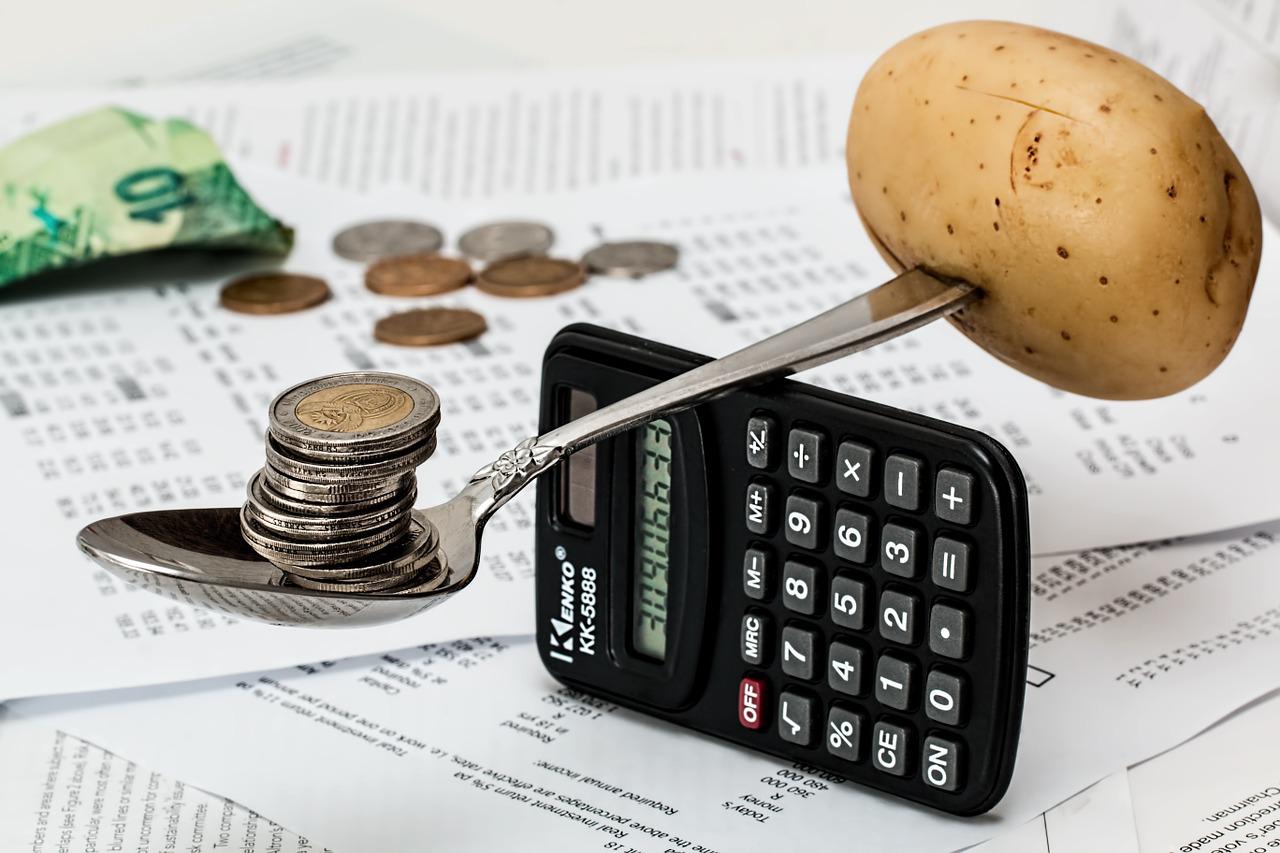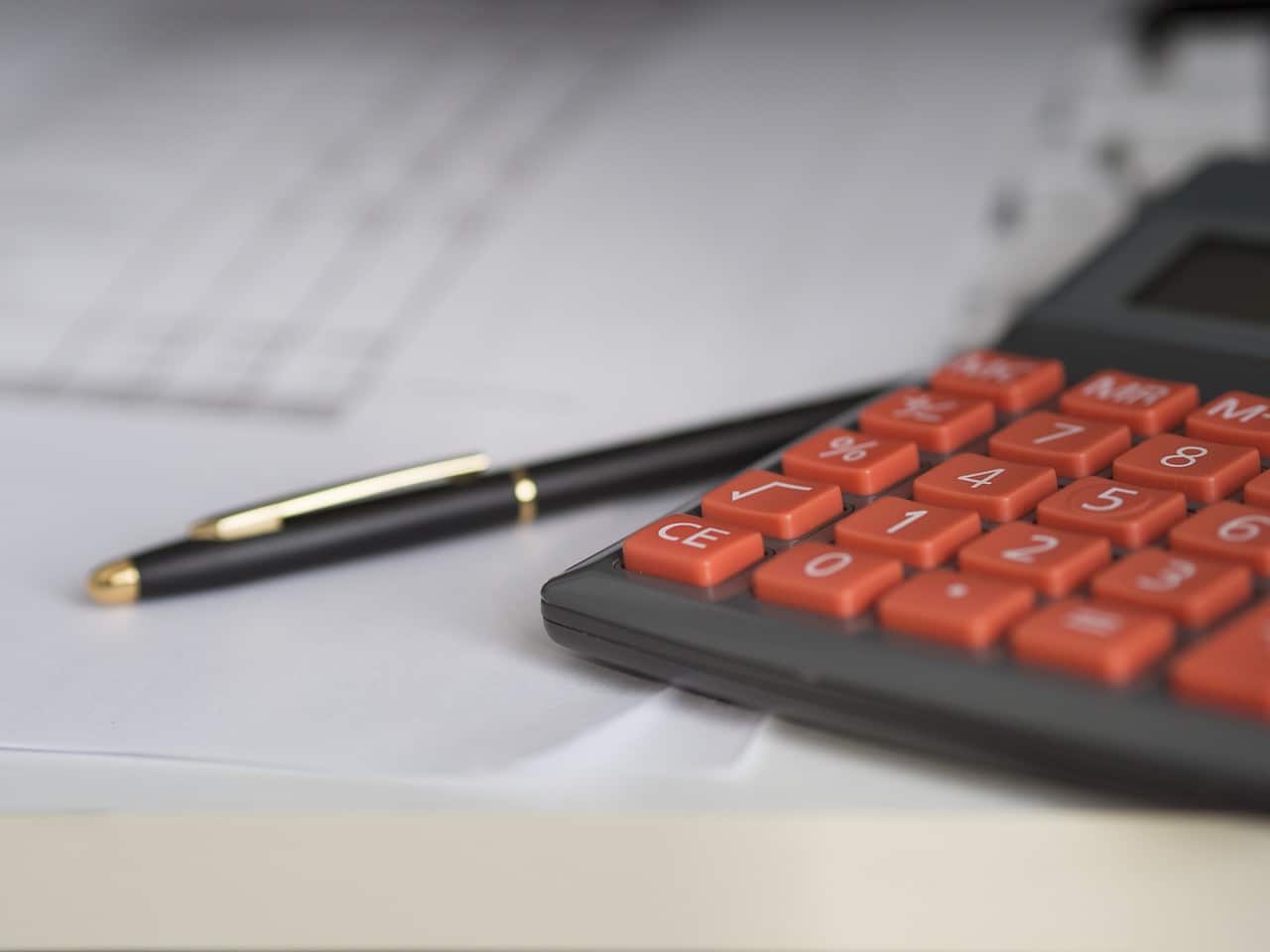
The world of finance is very wide, that is no mystery. There are many financial products within our reach, various investment strategies, an endless number of different concepts and a multitude of possibilities. To move better in this world and be able to make more appropriate decisions, ratios are essential. There are many different types, but in this article we will talk about the firmness ratio.
What is this ratio? What is it for? How is it calculated? We will answer all these questions and explain how to interpret the result of the formula. If you are interested in the firmness ratio, I recommend that you continue reading.
What is the firmness ratio?

In the financial world, ratios are very important elements. Also known as financial ratios and They are basically ratios that make it possible to compare the financial situation of a company with average or optimal values in the sector.. That is to say: The ratios are a fraction in which the denominator and the numerator are accounting items that are obtained from the annual accounts of the companies.
There are many different types of ratios, such as the guarantee ratio or availability ratio. Each one gives us information about a specific aspect of the company that interests us. The final objective of the ratios is to provide us with information about the financial situation of a company, which will help us make decisions, either as entrepreneurs, businessmen or as investors. But the one that interests us for this article is the firmness ratio, also known as the consistency ratio.
The objective of this ratio is to measure the relationship between the required liabilities and the fixed assets of a company in the long term. What exactly does this reflect? As well, the firmness ratio is interpreted as the guarantee or security that said company offers its long-term creditors. In this case, the importance lies mainly in the fact that the fixed assets of the company are financed in the long term. In conclusion: The firmness ratio tells us to what degree or magnitude the fixed assets of a company are financed. And thanks to this information we will be able to know the solvency of a company with its creditors.
How is the firmness ratio calculated?

Now that we know what the firmness ratio is, let's see how it is calculated. The formula is quite simple, Well, we will only need to know two pieces of information to be able to carry it out: Fixed assets and payable liabilities, in the long term, of course.
- Fixed or immobilized assets: They are all those elements that will end up turning into money after a long period of time. In general, the fixed asset is the one that will finance the fixed liability.
- Long-term liabilities: This is made up of all those debts that the company in question has whose maturity is long-term, specifically greater than 365 days.
Having a better understanding of the concepts necessary for this ratio and knowing the data we need to calculate it, we are going to present the formula:
Firmness ratio = Total fixed assets / Long-term liabilities
Interpretation of the result
Once we have the necessary data and we have applied the formula, we will get a small number as a result, but what does it mean? Let's see what are the barometers established for the interpretation of the firmness ratio:
- Equal to 2: When the result is equal to 2, or at least very close, this reflects that the company in question finances 50% of its fixed or fixed assets through long-term liabilities. On the other hand, the remaining 50% is financed with its own resources, as long as these are greater than or at least equal to the long-term liability.
- Greater than 2: The majority, that is, more than 50% of the fixed or immobilized assets, is financed by the company's own resources. It must be taken into account that, in this case, they must be greater than the long-term liability and that they cannot be financed with the short-term liability. It may also indicate that most of the fixed or fixed assets are being financed with short-term liabilities, which usually occurs when the company's own resources are less than the long-term liabilities. This may end up causing a technical suspension of payment.
- Lower than 2: When the firmness ratio is less than 2, it indicates less guarantee or security of the company to long-term creditors. Therefore, it is best if the result is as close to 2 as possible.
What is the firmness ratio for?

In conclusion, the firmness ratio, like the other types of ratios of solvency, It meets the objective of measuring whether a company has or may have problems when it comes to meeting its payments and obligations with its creditors. Obviously, the more balanced the company in question is, the better its ratios will be. As a consequence, investors, whether they are buyers of shares on the stock market or their bonds, will feel more secure.
Although it is true that the ratios of a company give us a lot of information about it, the best we can do is compare it with other companies in the same sector to get a better idea. This way we can find out which company is in a better situation, taking into account not only the firmness ratio, but also other ratios that will help us better see what the company's financial situation is.
In addition, it is also highly recommended to see how companies' ratios evolve quarterly. In this way we can know if they are managing the company well or not. If you are getting along, the ratios obtained should be better and better compared to the same company and also to its competitors.
Whenever we want to investigate companies in a specific sector to invest in them, it is essential to conduct a comprehensive analysis and carry out comparisons to gather all the important data and make a better decision. Now that we know how to calculate the firmness ratio, we have one more little help to carry out this task.